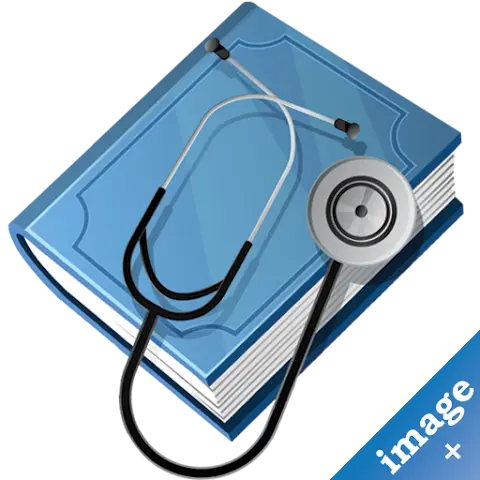Under-eye puffiness
Other names: Bags under eyes
DEFINITION
An Abdominal aortic aneurysm is an enlarged area in the lower part of the aorta, the major blood vessel that supplies blood to the body. The aorta, about the thickness of a garden hose, runs from your heart through the center of your chest and abdomen. Because the aorta is the body's main supplier of blood, a ruptured Abdominal aortic aneurysm can cause life-threatening bleeding. Depending on the size and rate at which your Abdominal aortic aneurysm is growing, treatment may vary from watchful waiting to emergency surgery. Once an Abdominal aortic aneurysm is found, doctors will closely monitor it so that surgery can be planned if it's necessary. Emergency surgery for a ruptured Abdominal aortic aneurysm can be risky.
SYMPTOMS
Abdominal aortic aneurysms often grow slowly and usually without symptoms, making them difficult to detect. Some Aneurysms will never rupture. Many start small and stay small, although many expand over time. Others expand quickly. Predicting how fast an Abdominal aortic aneurysm may enlarge is difficult.
As an Abdominal aortic aneurysm enlarges, some people may notice:
- A pulsating feeling near the navel
- Deep, constant pain in your abdomen or on the side of your abdomen
- Back pain
When to see a doctor
You should see your doctor if you have any of the symptoms listed above. Anyone age 60 and older who has risk factors for developing an Abdominal aortic aneurysm should consider regular screening for the condition. Men ages 65 to 75 who have ever smoked cigarettes should have a one-time screening for Abdominal aortic aneurysm using abdominal ultrasound.
CAUSES
Most Aortic aneurysms occur in the part of your aorta that's in your abdomen. Although the exact cause of Abdominal aortic aneurysms is unknown, factors such as tobacco use, hardening of the arteries (atherosclerosis), and infection in the aorta (Vasculitis) may play a role.
RISK FACTORS
Abdominal aortic aneurysm risk factors include age, tobacco use, Atherosclerosis, being male, and family history.
COMPLICATIONS
Tears in the wall of the aorta (dissection) are the main complications of Abdominal aortic aneurysm. A ruptured Aortic aneurysm can lead to life-threatening internal bleeding. Another complication is the risk of blood clots.
PREPARING FOR YOUR APPOINTMENT
If you think you may have an Abdominal aortic aneurysm or are worried about your risk, make an appointment with your family doctor. Be prepared by knowing your family history and having questions ready for your doctor.
TESTS AND DIAGNOSIS
Abdominal ultrasound, CT scan, and MRI are tests used to diagnose Abdominal aortic aneurysms. Regular screening is recommended for those at risk.
TREATMENTS AND DRUGS
Treatment options include watchful waiting for small aneurysms, surgery for larger or fast-growing ones, and endovascular surgery as a less invasive option.
LIFESTYLE AND HOME REMEDIES
Preventive measures include quitting smoking, controlling blood pressure, regular exercise, and maintaining a healthy diet.
QUESTIONS
- What are the symptoms of Abdominal Aortic Aneurysms?
Symptoms may include pulsating feeling near navel, abdominal or back pain.
- Who should consider regular screening for Abdominal Aortic Aneurysms?
Individuals aged 60 and older with risk factors like smoking or family history.
- What are some risk factors for developing Abdominal Aortic Aneurysms?
Risk factors include age, tobacco use, Atherosclerosis, being male, and family history.
- What are some complications of Abdominal Aortic Aneurysms?
Complications include tears in the wall leading to internal bleeding and risk of blood clots.
- How are Abdominal Aortic Aneurysms diagnosed?
Diagnosis involves tests like abdominal ultrasound, CT scan, and MRI.
- What treatment options are available for Abdominal Aortic Aneurysms?
Treatment ranges from watchful waiting for small aneurysms to surgery for larger ones.
- What lifestyle changes can help prevent Abdominal Aortic Aneurysms?
Lifestyle changes include quitting smoking, controlling blood pressure, exercise, and healthy diet.
- Who should undergo one-time screening using abdominal ultrasound for Abdominal Aortic Aneurysms?
Men aged 65 to 75 who have ever smoked cigarettes.
- What are some symptoms that indicate a ruptured Aortic Anuerysm?
Symptoms may include sudden intense abdominal or back pain along with dizziness or low blood pressure.
- What are some complications associated with endovascular surgery for treating Aneurysms?
Complications may include leakage from grafts requiring frequent follow-up ultrasounds.
